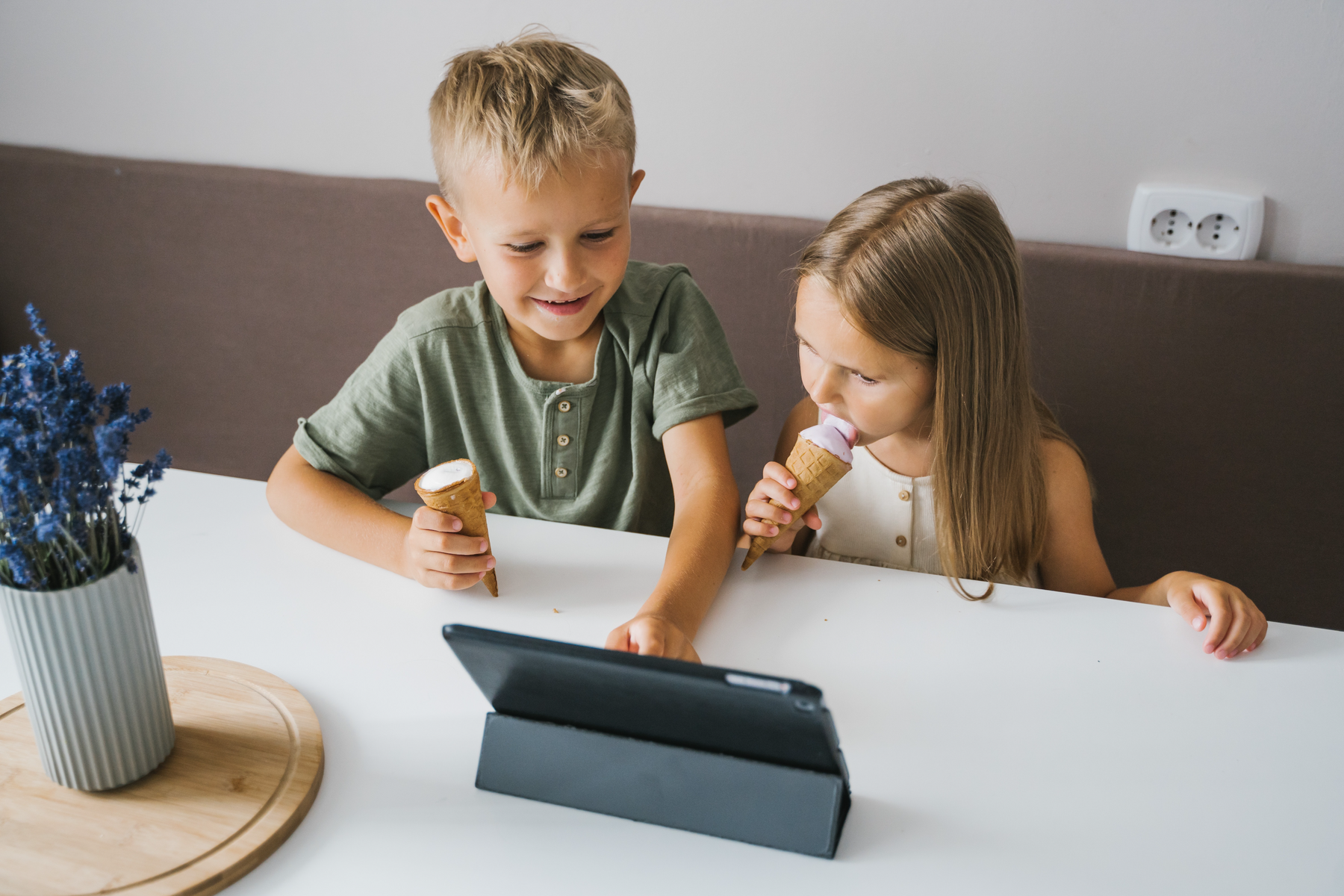
Technology Trends and Reading
Table of Contents
Advances in Reading Technology
Generative AI is a type of Artificial Intelligence technology that has recently gained significant traction. Generative models such as GPT-3 and GPT-4 have demonstrated the ability to generate human-like language, enabling new applications popular with parents, adults and college students such as ChatGPT.
Language learning programs such as Duolingo or Rosetta Stone use Voice Synthesis technology or Text-to-Speech (TTS) to provide learners with audio feedback for their pronunciation. Learners can listen to the correct pronunciation of a word or phrase and then practice repeating it themselves.
With advances in AI, Voice Synthesis can read-out words or phrases in a natural-sounding voice, which can help learners hear the correct pronunciation of a word or sentence. This is especially useful for learners who have difficulty with phonetic or phonemic awareness.
Advances in technology can help make reading more accessible and engaging for children, helping them develop critical literacy skills that are essential for success in school and in life.
Ways technology can help children learn to read:
Personalized Learning:
Technology-based tools can be used to personalize learning for each child based on their strengths and weaknesses. For example, a reading app could adjust the difficulty of the text or the pace of the lessons to match the child's level of proficiency.
Interactive Learning:
Technology-powered tools can make reading more engaging and interactive for children. For example, an app could use speech recognition to provide real-time feedback on a child's pronunciation or use gamification techniques to make reading more fun.
Language Translation:
Translation tools can help children who speak different languages learn to read in a new language. For example, an app could translate text into the child's native language, making it easier for them to understand the material.
Automated Assessment:
Technology-powered tools can be used to automatically assess a child's reading level and progress, freeing up teachers' time to focus on teaching. For example, an app could use natural language processing to analyze a child's reading comprehension and provide feedback on areas where they need improvement.
Apps such as Reading Roo can help your child practice reading by assessing reading pronunciation, accuracy, fluency, and completeness.
It's important to always remember that technology should be used in conjunction with other reading activities and strategies, such as parent read-aloud, conversation, and play.
Supporting Activities & Monitoring
Here are some personalized ideas and fun activities to support your child's learning from LeapFrog.
It's important to monitor your child's use of technology. This New York Times article provides some tips and guidelines for parents.
Additional Resources for Parents & Families:
Screen Time & Technology Guidelines
Parental controls for iPhone and iPad
Creative activities for Kids from Apple
Duolingo ABC for Education Experts to Help Children
